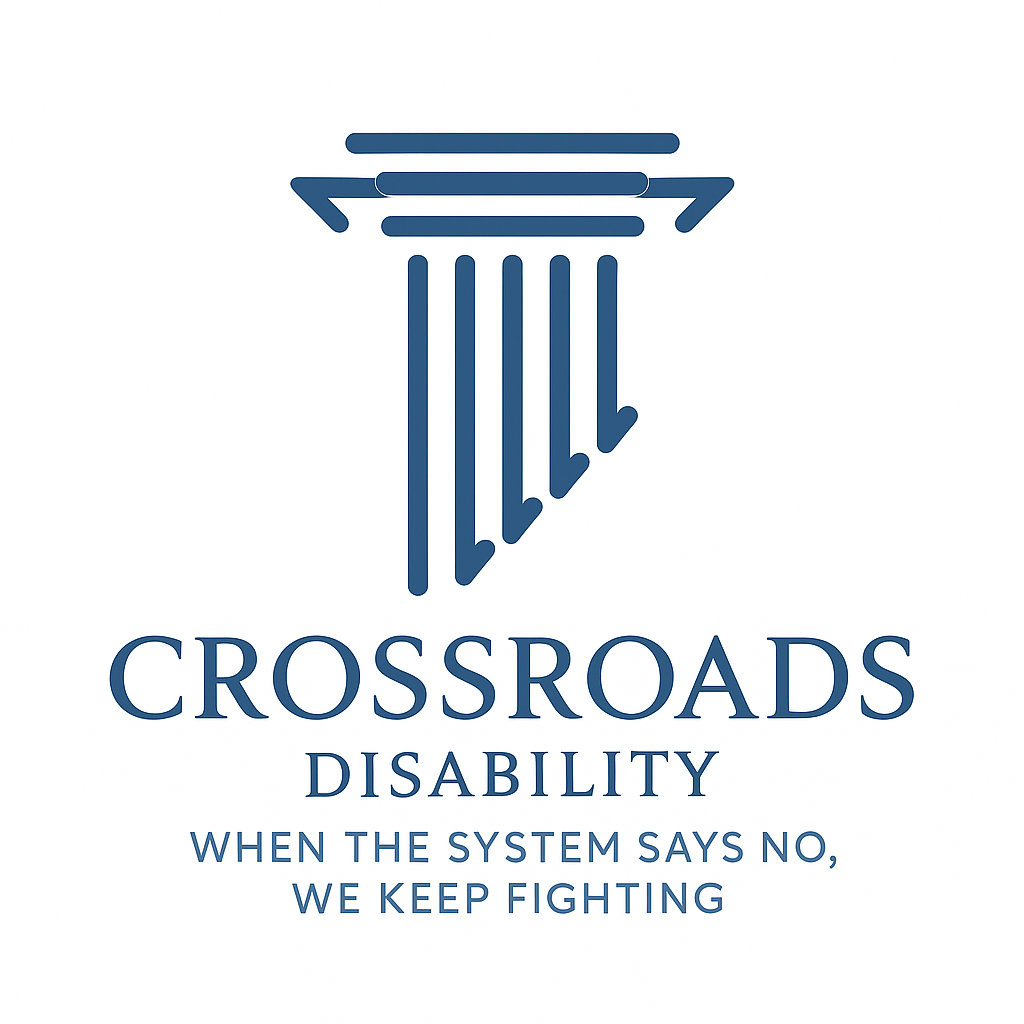How SSI Benefits Are Calculated
How ssi is calculated

Understanding how Supplemental Security Income (SSI) benefits are calculated can help you know what to expect — and ensure you receive the right amount each month. The Social Security Administration (SSA) uses a specific formula that considers your income, living situation, and resources.
What Is SSI?
SSI, or Supplemental Security Income, is a federal program that provides monthly payments to people with limited income and resources who are aged 65 or older, blind, or disabled. Unlike Social Security Disability Insurance (SSDI), SSI is need-based, not tied to your work history.
Step 1: Start With the Federal Benefit Rate (FBR)
The SSA sets a Federal Benefit Rate (FBR) each year — this is the maximum monthly SSI payment before any deductions.
2025 FBR Amounts:
- $943 per month for an individual
- $1,415 per month for a couple
Some states add supplemental payments, which can increase your monthly benefit.
Step 2: Subtract Countable Income
Your SSI payment is reduced by your countable income — not all income counts, but most types do.
Types of Countable Income
- Earned income – Wages, self-employment income
- Unearned income – Pensions, unemployment, or other Social Security benefits
- In-kind support – Free food or shelter you receive
Income That Doesn’t Count
The SSA excludes certain amounts:
- The first $20 of most income each month
- The first $65 of earned income, plus half of the remainder
- SNAP (food stamps), most home energy assistance, and some one-time payments
Step 3: Factor in Living Arrangements
Where and with whom you live can also affect your SSI payment.
- Living alone or paying your fair share of expenses usually means you receive the full rate.
- If someone else pays your housing or food costs, your benefit can be reduced by up to one-third.
Step 4: Consider State Supplements
Many states add their own supplemental payments to SSI. These amounts vary widely and depend on factors like:
- Your living situation (alone, in a care facility, with family)
- The state’s cost-of-living adjustments
Step 5: Resource Limits
You must also meet SSI’s resource limits:
- $2,000 for individuals
- $3,000 for couples
Resources include things like cash, savings, or property (other than your primary home).
Example Calculation
Let’s say you earn $500/month from part-time work:
- Subtract $20 general exclusion → $480
- Subtract $65 earned income exclusion → $415
- Subtract half of remainder ($207.50) → $207.50 countable income
If you’re eligible for the full federal rate of $943:
$943 – $207.50 = $735.50 monthly SSI payment
Key Takeaways
- SSI is need-based, not based on past work.
- Benefits are calculated from the Federal Benefit Rate, minus countable income.
- State supplements and living arrangements can affect your total.
- The SSA reviews eligibility regularly, so reporting any income changes is crucial.
Need Help Understanding Your SSI Eligibility?
At Crossroads Disability, we help clients apply for SSI and ensure they receive every dollar they’re entitled to. If you’re unsure whether you qualify or believe your benefit is too low, contact us today for a free consultation.
No fees unless you win.










